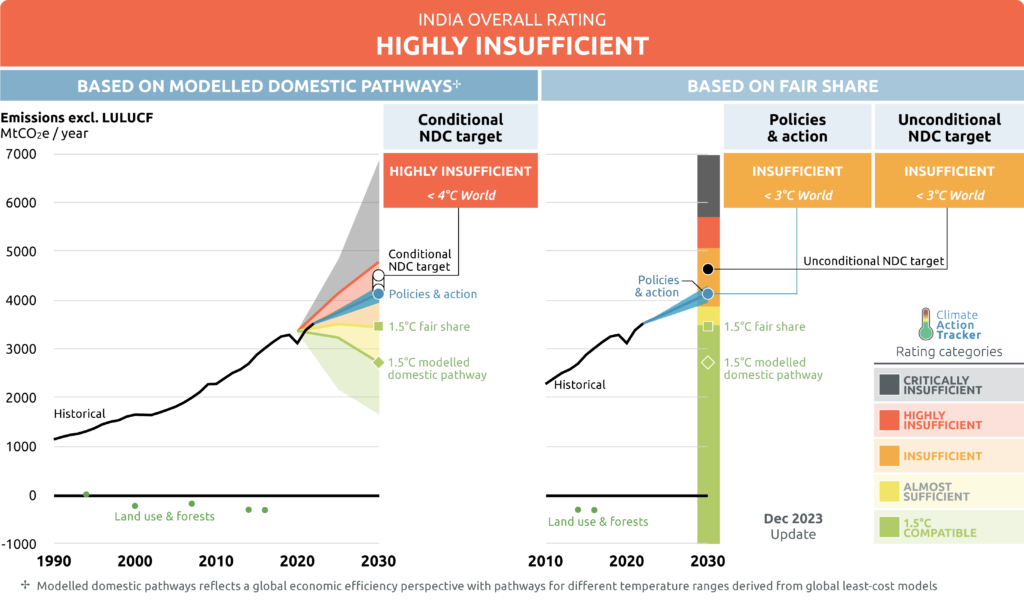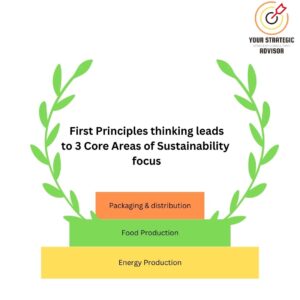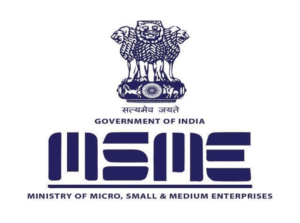24/01/2024 23:07
The EU Green Deal and the US Inflation Reduction Act are both ambitious plans to address the challenges of climate change, energy transition, and industrial competitiveness. They have some common goals, such as reducing greenhouse gas emissions, increasing renewable energy sources, and fostering innovation and job creation. However, they also differ in many aspects, such as the scope, the instruments, the costs, and the impacts of their policies.
Some of the main differences are:
- The EU Green Deal operates mainly with non-tax incentives, such as grants, loans, and regulatory standards, while the US Inflation Reduction Act relies heavily on tax incentives, such as transferable tax credits and subsidies.
- The EU Green Deal aims to achieve net-zero emissions by 2050, while the US Inflation Reduction Act targets a 50% reduction by 2030.
- The EU Green Deal covers a wide range of sectors and policies, such as agriculture, biodiversity, circular economy, and social justice, while the US Inflation Reduction Act focuses mostly on energy and climate, such as electricity, transportation, and industry.
- The EU Green Deal is more open to international cooperation and trade, while the US Inflation Reduction Act has more protectionist measures, such as “Buy American” provisions and tariffs.
Some of the main similarities are:
- Both plans recognize the strategic importance of critical raw materials, such as rare earths and lithium, and aim to secure their supply and diversify their sources.
- Both plans support the development and deployment of green technologies, such as electric vehicles, solar panels, and wind turbines, and aim to increase their domestic production and competitiveness.
- Both plans face significant challenges and uncertainties, such as political opposition, legal disputes, technological feasibility, and social acceptance.
Some of the pros and cons of each plan are:
- The EU Green Deal has the advantage of being more comprehensive, coherent, and long-term oriented, but it also has the disadvantage of being more complex, costly, and bureaucratic.
- The US Inflation Reduction Act has the advantage of being more simple, flexible, and market-driven, but it also has the disadvantage of being more short-term, uncertain, and uneven.
India’s Panchamrit
There is no single act that is equivalent to the EU Green Deal or the US Inflation Reduction Act in India. However, India has a National Action Plan on Climate Change (NAPCC) that outlines a national strategy to adapt to climate change and enhance the ecological sustainability of India’s development path.
The NAPCC consists of eight national missions that cover various sectors and policies related to climate and environmental action.
India also announced its new climate commitments at the COP26 summit in Glasgow, which include reducing emissions intensity by 45% by 2030, increasing non-fossil electricity to 50% by 2030, and achieving net-zero emissions by 2070. India’s state-level policies are also more ambitious than its national ones, as some states have set higher renewable energy targets and implemented more stringent emission standards.
The eight national missions of the National Action Plan on Climate Change (NAPCC) are:
- National Solar Mission: to promote the use of solar power in India.
- National Mission for Enhanced Energy Efficiency: to improve energy efficiency in various sectors and industries.
- National Mission on Sustainable Habitat: to make cities more sustainable and resilient to climate change.
- National Water Mission: to conserve and manage water resources and ensure equitable distribution.
- National Mission for Sustaining the Himalayan Ecosystem: to protect and restore the fragile Himalayan ecosystem and its biodiversity.
- National Mission for a Green India: to increase forest cover and enhance ecosystem services.
- National Mission for Sustainable Agriculture: to enhance agricultural productivity and resilience to climate change.
- National Mission on Strategic Knowledge for Climate Change: to foster research and innovation on climate change and its impacts.
Climate Action Tracker
The India | Climate Action Tracker has rated India as Highly Insufficient in its targets with global efforts to limit warming to 1.5°C. India’s continued reliance on coal and gas power, to meet peak demand during extreme heat events is a showstopper towards achieving the goals.

Nationally Determined Contribution
India’s nationally determined contribution (NDC) is a document that outlines India’s commitments and actions to address climate change under the Paris Agreement. India submitted its first NDC in 2015, and updated it in 2022, following the announcement of the panchamrit policy at COP26. India’s NDC covers various aspects of climate action, such as mitigation, adaptation, finance, technology transfer, capacity building, and transparency. Some of the main features of India’s NDC are:
– India aims to reduce the emissions intensity of its GDP by 45% by 2030, from 2005 levels, which means that India will emit less greenhouse gases per unit of economic output.
– India also aims to achieve about 50% cumulative electric power installed capacity from non-fossil fuel-based energy resources by 2030, which means that India will increase its share of renewable energy sources, such as solar, wind, and hydro.
– India pledges to reduce its total projected carbon emissions by one billion Tonnes from now to 2030, which means that India will lower its emissions trajectory and intensity.
– India sets a long-term goal of reaching net-zero emissions by 2070, which means that India will balance its emissions and removals of greenhouse gases by mid-century.
– India emphasizes the importance of sustainable lifestyles and climate justice and proposes a mass movement for ‘LIFE’– ‘Lifestyle for Environment’ as a key to combating climate change.
– India also highlights its adaptation efforts and needs, such as enhancing resilience of agriculture, water, health, and infrastructure sectors, and seeks international support for finance, technology, and capacity building.
India’s NDC is a balanced, equitable, and pragmatic document that reflects India’s commitment to climate action and leadership, while also protecting its development needs and interests. India’s NDC is also consistent with the principles and provisions of the UNFCCC and the Paris Agreement, and contributes to the global efforts to limit warming to 1.5°C.
Panchamrit Policy
The panchamrit policy is a five-point plan that India announced at COP26 to enhance its climate targets and actions. The word panchamrit means “five nectars” in Sanskrit, and it refers to a mixture of five ingredients used in Hindu rituals and Ayurveda. The five elements of India’s panchamrit policy are:
- To reach 500 GW of non-fossil energy capacity by 2030, which would increase India’s share of renewable energy in its electricity mix.
- To meet 50% of its energy requirements from renewable energy by 2030, which would reduce India’s dependence on coal and gas power.
- To reduce its total projected carbon emissions by one billion tonnes from now to 2030, which would lower India’s emissions trajectory and intensity.
- To reduce the carbon intensity of its economy by 45% by 2030, over 2005 levels, which would improve India’s energy efficiency and productivity.
- To achieve the target of net-zero emissions by 2070, which would align India with the global goal of limiting warming to 1.5°C.
The panchamrit policy is a bold and ambitious plan that reflects India’s commitment to climate action and leadership. It also recognizes the need for international cooperation and support, especially on climate finance and technology transfer.




